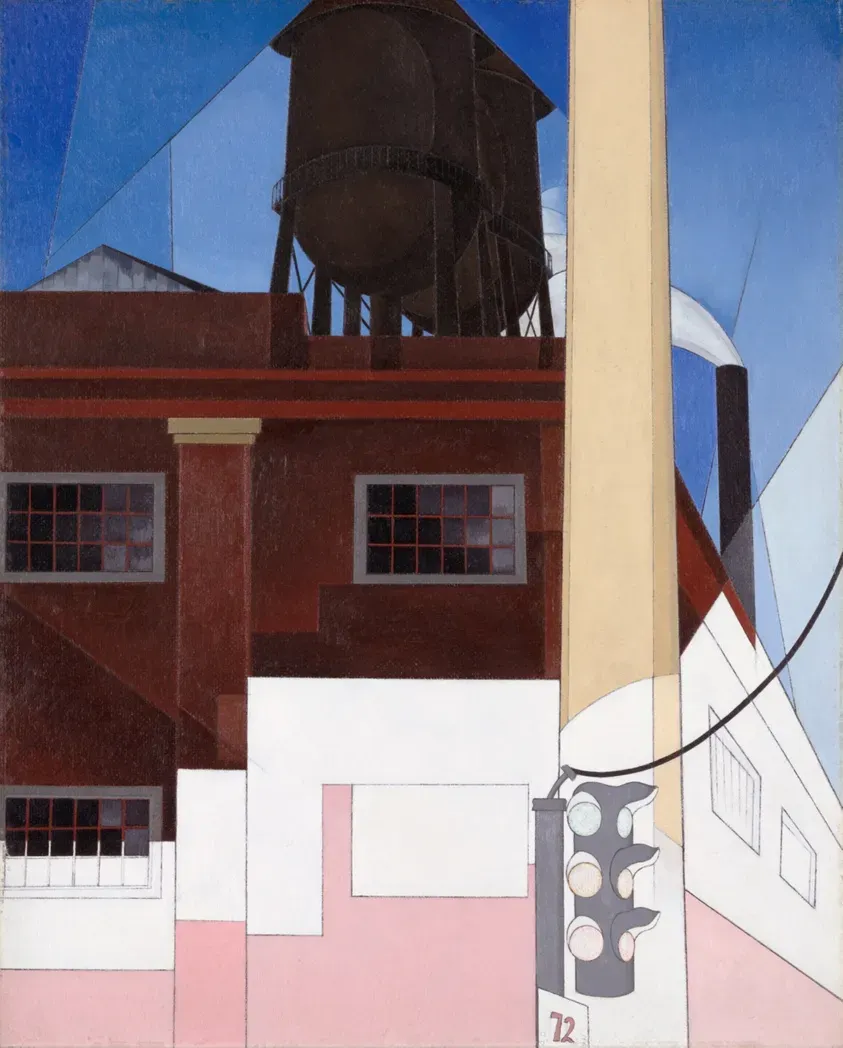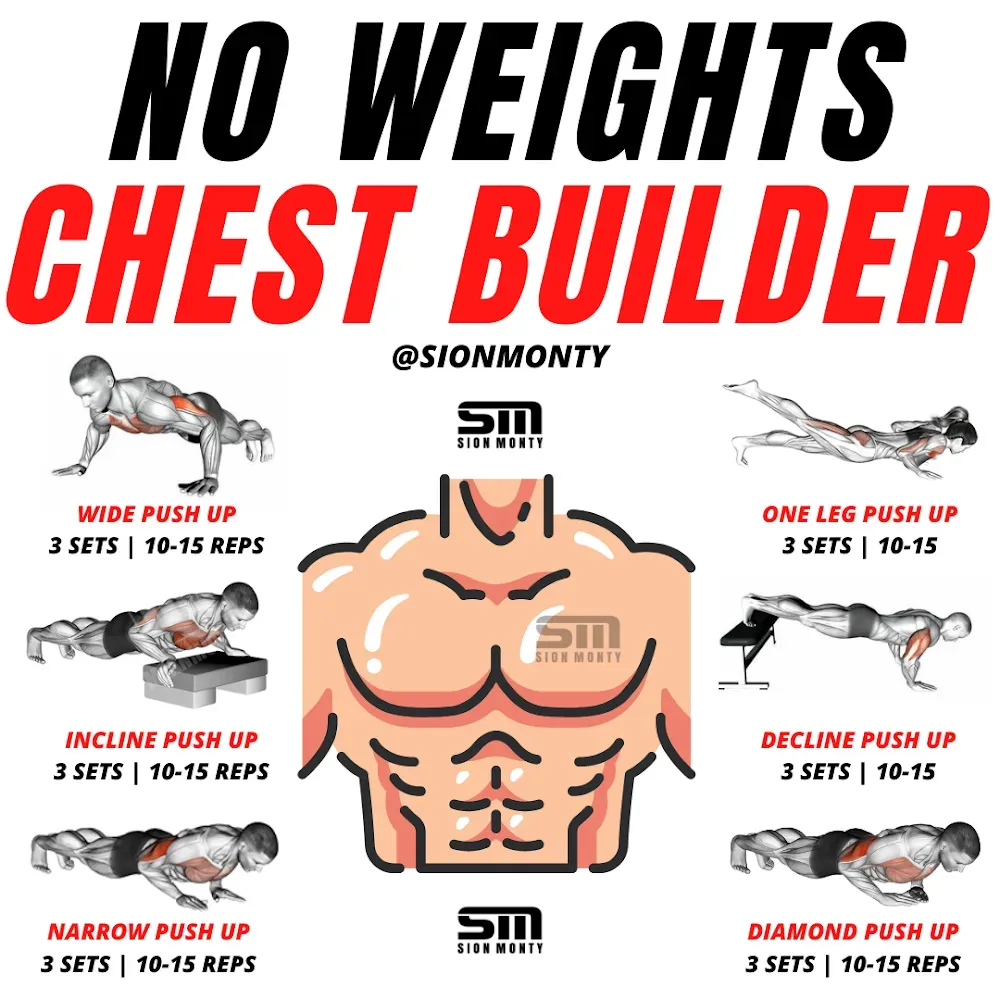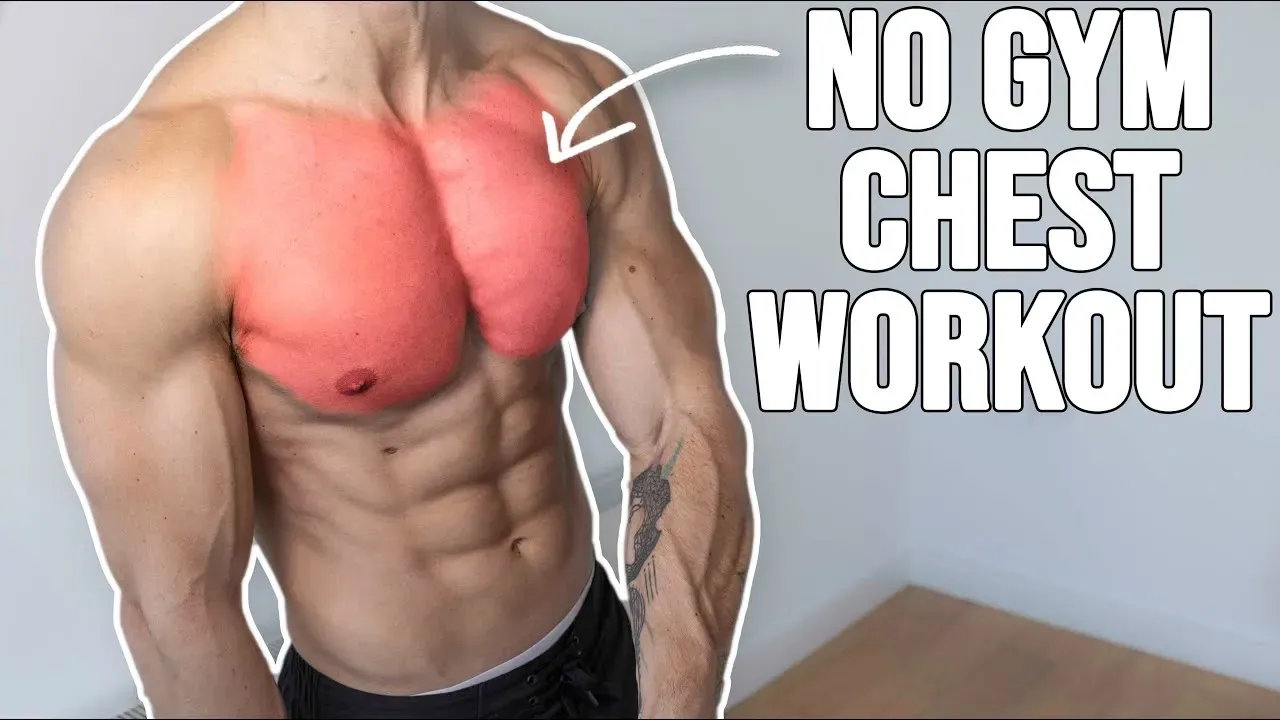Table of Contents
Let's be honest. Life gets in the way. Maybe the gym's too far, too expensive, or frankly, just not your scene. Yet, that desire to build a stronger, more defined chest persists. You've probably wondered if you can actually get anywhere without racks of weights and fancy machines. Can a proper chest workout at home without equipment deliver real results?
Why Bother with a Chest Workout at Home Without Equipment?

Why Bother with a Chest Workout at Home Without Equipment?
Skip the Commute, Keep the Gains
Look, hitting the gym takes time. There's the commute, finding parking, waiting for equipment, wiping down machines someone else just drenched in sweat. It adds up. Life doesn't always hand you a free hour and a half to dedicate solely to chest day pilgrimage. This is where a chest workout at home without equipment becomes less a compromise and more a smart play. You roll out of bed, throw on some shorts, and you're ready. No travel, no waiting, just direct access to getting work done. It's efficient, it's immediate, and frankly, it removes a lot of the common excuses people lean on.
Bodyweight is Not a Beginner's Only Tool
There's this persistent myth that bodyweight training is just for folks starting out, a stepping stone until you can bench press a small car. That's just lazy thinking. Your body provides resistance. By changing leverage, angles, and tempo, you can make basic movements like push-ups incredibly challenging. Research even shows push-ups can activate chest muscles similarly to a bench press. A solid chest workout at home without equipment isn't about settling for less; it's about mastering fundamental strength and building functional muscle that translates to real-world capability. Plus, you get bonus points for core stability and overall body control that machine work often neglects.
Still not convinced bodyweight chest work is legit? Consider these benefits:
- Zero cost (unless you count the sweat equity).
- Complete flexibility in scheduling.
- Develops stabilizer muscles often missed on fixed machines.
- Builds practical strength you can use anywhere.
- Less joint stress compared to heavy barbell lifts for many people.
The Core Moves: Building Blocks for Your Chest Workout Without Equipment

The Core Moves: Building Blocks for Your Chest Workout Without Equipment
Alright, so you're sold on the idea of getting a decent chest workout at home without equipment. Good. Now, let's talk brass tacks: the movements. You don't need a million different exercises to build a strong chest. You need a few fundamental ones, mastered. These are the push-up variations. Think of them as your primary weapons. The standard push-up is your bread and butter, working the entire chest, shoulders, and triceps. But that's just the starting point. By simply changing your hand position or the angle of your body, you can shift the emphasis and make the exercise significantly harder or easier, targeting different parts of the pectoral muscles.
Mastering Form for an Effective Chest Workout at Home Without Equipment

Mastering Form for an Effective Chest Workout at Home Without Equipment
Why Form Trumps Reps Every Time
Look, nobody cares how many shaky, half-rep push-ups you can crank out. Seriously. Bad form is the quickest way to nowhere, or worse, to a physical therapist's office complaining about shoulder pain. When you're doing a chest workout at home without equipment, your body is the resistance. If you're not moving correctly, you're not targeting the muscles you want to hit, and you're putting unnecessary stress on your joints. It's like trying to build a house with rotten wood – it might stand for a bit, but it's going to collapse. Prioritizing perfect form on fewer reps will always yield better results than sloppy form on high reps. Always.
Nail the Basics: Your Push-Up Blueprint
Let's break down the standard push-up, the king of the chest workout at home without equipment. Start in a plank position. Hands should be roughly shoulder-width apart, maybe slightly wider, directly under your shoulders. Your body should form a straight line from your head to your heels – no sagging hips, no piking butts. Engage your core like someone's about to punch you in the gut. As you lower down, keep your elbows from flaring out wide like chicken wings; aim for about a 45-degree angle relative to your torso. Lower your chest until it's just an inch or two from the floor. Then, push back up with power, maintaining that straight line. Think about squeezing your chest at the top.
- Keep your body in a straight line (no sagging or piking).
- Hands slightly wider than shoulder-width, directly under shoulders.
- Elbows tuck slightly, around 45 degrees from torso.
- Lower chest close to the floor, maintaining control.
- Push up powerfully, squeezing the chest at the top.
- Control the movement; don't just drop and bounce.
Feel the Muscle, Drive the Progress
Form isn't just about avoiding injury; it's about maximizing muscle activation. For an effective chest workout at home without equipment, you need to actively think about the muscles you're working. As you lower into the push-up, feel the stretch in your chest. As you push up, focus on contracting your pectoral muscles. It's called the mind-muscle connection, and it's not some woo-woo concept. It helps ensure the target muscles are doing the bulk of the work. Don't just go through the motions. Be present in each rep. Consistent, focused effort with good form builds muscle. Period. Anything else is just movement.
Level Up Your Chest Workout at Home Without Equipment
Make the Floor Your Playground: Changing Angles and Hand Positions
so you've nailed the standard push-up. You can do a few solid sets with good form. What now? This is where the real fun of a chest workout at home without equipment begins. The floor isn't static; you can manipulate it. Elevate your feet on a sturdy chair or couch for decline push-ups. This shifts more of the load onto your upper chest and shoulders. Conversely, place your hands on a raised surface like a table or counter for incline push-ups, making the movement easier if standard push-ups are still too tough, or using them as a warm-up.
You can also change your hand placement. Bringing your hands closer together, like in a diamond push-up (thumbs and index fingers touching to form a diamond shape), significantly increases the demand on your triceps but also hits the inner portion of your chest hard. Widening your grip targets the outer chest more, though be mindful of shoulder strain here. Experiment safely to see where you feel the muscle working most effectively for you.
Slow Down or Speed Up: Tempo and Explosive Power
Once you can comfortably perform 10-15 reps of a specific push-up variation with perfect form, just doing more reps isn't always the answer. You can make any exercise harder without adding external weight by controlling the tempo. Try a slow, controlled negative (the lowering phase), taking 3-5 seconds to reach the bottom. This increases time under tension, forcing your muscles to work harder. Pause at the bottom for a second or two to eliminate momentum.
Or, go the other direction: plyometric push-ups. From the bottom position, explode upwards with enough force that your hands leave the floor. You can even clap your hands in between reps if you're feeling froggy. This builds explosive power, which is great for athleticism and adding a different stimulus to your chest workout at home without equipment. Just make sure you have soft landings and good wrist stability.
Here are a few ways to modify push-ups to increase difficulty:
- Decline Push-ups (feet elevated)
- Diamond Push-ups (hands close together)
- Pseudo Planche Push-ups (hands lower towards hips, leaning forward)
- Tempo Push-ups (slow negative, pause at bottom)
- Plyometric Push-ups (explosive push-off)
- Archer Push-ups (shifting weight to one side)
- One-Arm Push-ups (requires significant strength and stability)
Beyond the Basic Push-Up: Advanced Variations and Complexes
For the truly ambitious, bodyweight training offers challenges that rival weighted exercises. The one-arm push-up is the obvious progression from two-hand variations, demanding immense strength in your chest, shoulder, triceps, and core. It takes time and progressive steps (like using an elevated surface or doing assisted one-arm push-ups) to get there, but it's a serious strength marker.
Another way to level up is by combining exercises into complexes or circuits. Maybe you do a set of diamond push-ups, immediately followed by wide push-ups, then incline push-ups, with minimal rest in between. This keeps the intensity high and works the chest from multiple angles under fatigue. Getting a killer chest workout at home without equipment is less about complexity and more about creativity and applying progressive overload to the movements you already know.
Common Mistakes to Avoid in Your AtHome Chest Routine

Common Mistakes to Avoid in Your AtHome Chest Routine
Common Mistakes to Avoid in Your AtHome Chest Routine
you're doing the work, you're feeling the burn, but are you sure you're not shooting yourself in the foot? Getting a solid chest workout at home without equipment is totally doable, but it's easy to fall into traps that limit progress or, worse, lead to injury. One of the biggest blunders is sacrificing form for the sake of hitting a higher rep count. Nobody is impressed by a shaky, half-depth push-up. You're just cheating yourself and potentially wrecking your shoulders. Another common one? Not going through a full range of motion. If your chest isn't getting close to the floor at the bottom, you're missing out on a huge portion of the muscle activation. Don't bounce at the bottom or cut reps short at the top either. Control the movement, feel the stretch and the squeeze.
Your Bodyweight Chest Gains Await
So there you have it. Building a strong, capable chest doesn't require a gym membership or piles of weights. A dedicated chest workout at home without equipment is more than just a fallback; it's a legitimate path to real physical change. You've got the tools—your own body—and the fundamental movements. Consistency is the variable you control now. Stop waiting for the perfect time or place. Start pushing, start progressing, and watch your chest respond.
